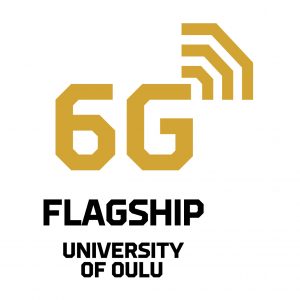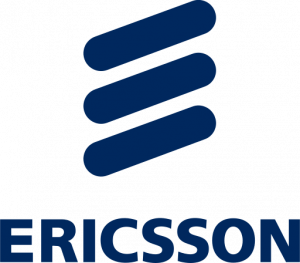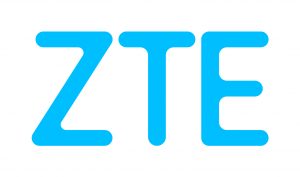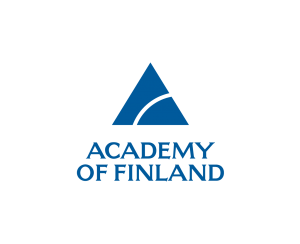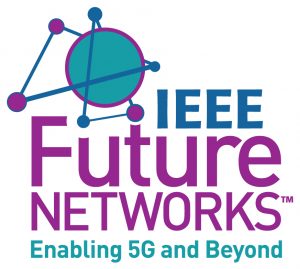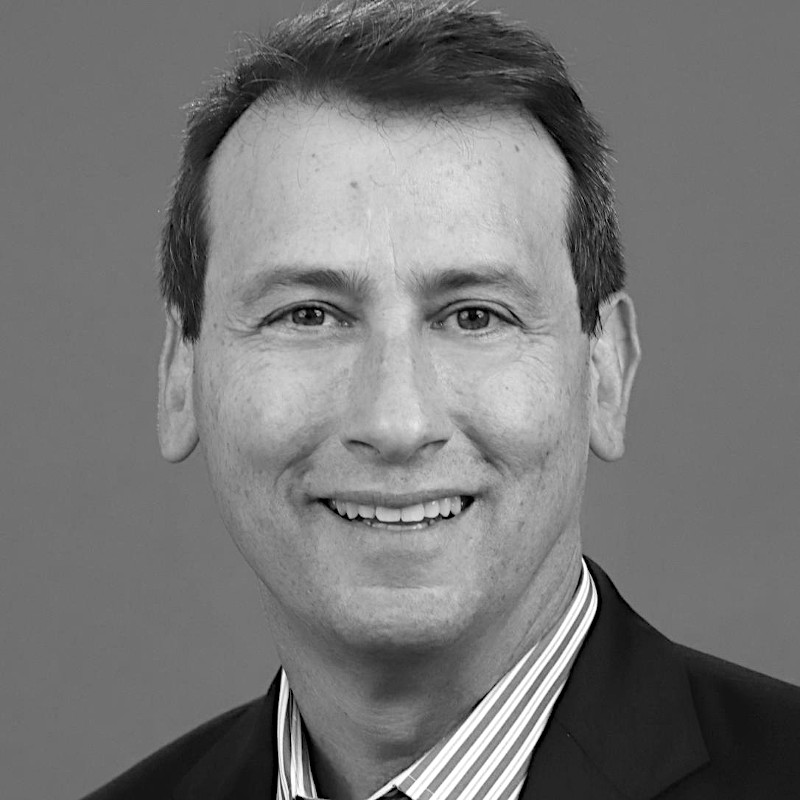
Theodore S. Rappaport (S’83–M’84–SM’91–F’98) is currently the David Lee/Ernst Weber Professor with New York University (NYU) and holds faculty appointments in the Electrical and Computer Engineering Department of the NYU Tandon School of Engineering, the Courant Computer Science Department, and the NYU Langone School of Medicine. He is also the Founder of NYU WIRELESS, a multidisciplinary research center focused on the future of wireless communications and applications. He also founded wireless research centers at Virginia Tech and The University of Texas. They have produced thousands of engineers and educators, since 1990, and he has coauthored over 300 papers and twenty books, including the most cited books on wireless communications, adaptive antennas, wireless simulation, and millimeter-wave communications. He co-founded two wireless companies, TSR Technologies and Wireless Valley Communication, which were sold to publicly traded companies, and he has advised many others. He co-founded the Virginia Tech Symposium on Wireless Communications in 1991, the Texas Wireless Summit in 2003, and the Brooklyn 5G Summit (B5GS) in 2014. He has more than 100 patents issued and pending, serves on the Technological Advisory Council of the Federal Communications Commission (FCC), is a Fellow of the Radio Club of America and the National Academy of Inventors, a life member of the American Radio Relay League, a licensed professional engineer in Texas and Virginia, and an amateur radio operator (N9NB). He has received ASEE’s Terman Award, The Sir Monty Finniston Medal from the Institution of Engineering and Technology (IET), the IEEE Vehicular Technology Society’s James R. Evans Avant Garde and Stu Meyer Awards, the IEEE Education Society William E. Sayle Award for achievement in education, the IEEE Communications Society Armstrong Award, and the Armstrong Medal from the Radio Club of America.
Wireless Communication and Applications Above 100GHz
Frequencies from 100 GHz to 3 THz are promising bands for the next generation of wireless communication systems because of the wide swaths of unused and unexplored spectrum. These frequencies will enable revolutionary applications and systems. This talk describes many of the technical challenges and opportunities for wireless communication and sensing applications above 100 GHz, and presents a number of promising discoveries, novel approaches, and recent results that will aid in the development and implementation of the sixth generation (6G) of wireless networks, and beyond. Services enabled by wireless communications above 100 GHz will provide wireless cognition, hyper-accurate position location, spectroscopy, sensing, and imaging. We show that mobile communications will be supported to about 800 GHz, since antenna gains will overcome air-induced attenuation. We demonstrate that with recent results in indoor environments at 140 GHz. This talk highlights the vast applications of THz wireless products and applications, and gives early evidence that THz techniques are compelling and available for future wireless communications.
Hits: 884

